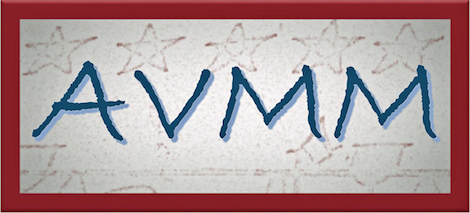Historical editions are works of the past published in collections prepared from studies of the original sources or manuscripts. Scholarly or Critical Editions are prepared on the basis of a critical evaluation of all known primary sources. This class of edition is designed to present the most authoritative, authentic version of its contents, with editorial material clearly distinguished from the original. Critical notes that explain editorial decisions are usually supplied in the same volume or in a corresponding book.
There are three types of historical editions:
1. Collected Works (also known as a "complete edition," or "sämtliche Werke"). Taking many years to complete, a collected works edition is a scholarly edition of the entire oeuvre of an individual composer. Most volumes are accompanied by a kritische Bericht (critical report) that explains editorial editions. Collected works are located in the M3 section of the Music Stacks.
2. Monuments of Music (also known as "Denkmäler" or "Monumental editions"). Monuments of Music are multi-volume, scholarly editions of works by different composers, usually organized around a geographical region, genre, or time period. Often these collections include composers lacking a large enough repertoire to justify a separate collected works edition. Monuments of Music are located in the M2 section of the Music Library.
3. Anthologies - refer to historical publications of selections and excerpts from a variety of musical sources.
For more information on historical editions, see Sydney Robinson Charles, et al. "Editions, historical." Grove Music Online. (Oxford Music Online).
The Routledge Music Bibliographies series can lead you to information about such things as basic information about music and musicians; published works lists; editions & catalogs; bibliographies; discographies, videographies, and archival tapes; holographs & manuscripts; letters & correspondence; analysis & interpretation; performance issues; and critical reception.
Click here to view these titles in our catalog.
Below are a few examples.
 Leonard Bernstein: A Guide to Research
by
Paul R. Laird
Leonard Bernstein: A Guide to Research
by
Paul R. Laird
 Samuel Barber: A Bio-Bibliography
by
Don A. Hennessee
Samuel Barber: A Bio-Bibliography
by
Don A. Hennessee
 Malcolm Arnold: A Bio-Bibliography
by
Stewart R. Craggs
Malcolm Arnold: A Bio-Bibliography
by
Stewart R. Craggs
 George Crumb: A Bio-Bibliography
by
David Cohen
George Crumb: A Bio-Bibliography
by
David Cohen

